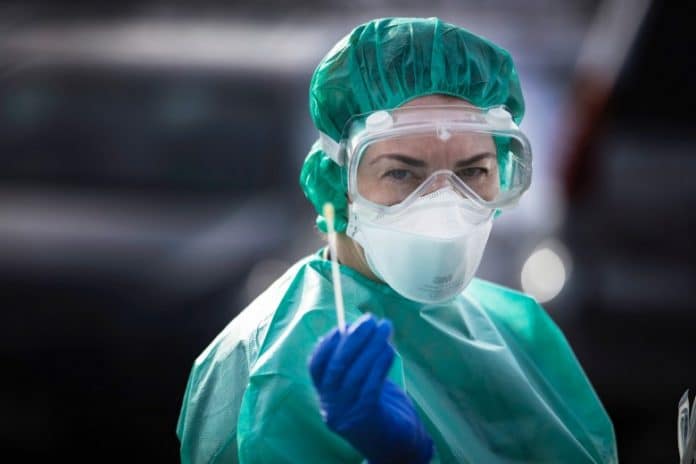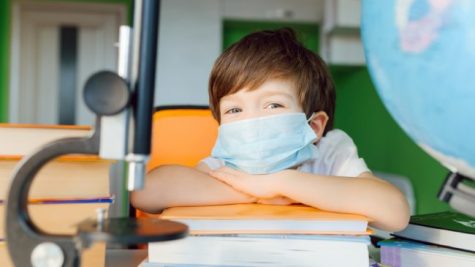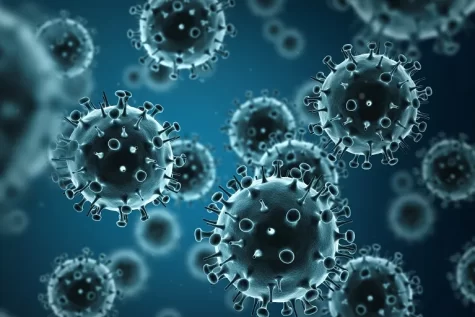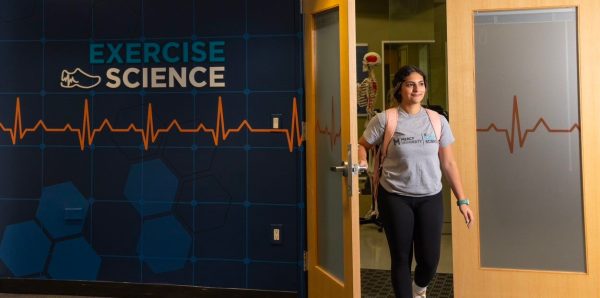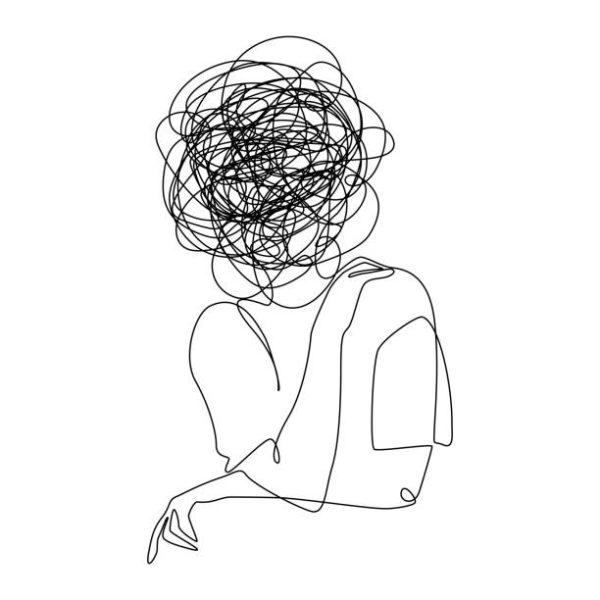Walking Into The Nightmare
ER nurse tells it like it is on the front lines
Every morning, as she walks through the Emergency Room doors, she’s fearful of what she is about to walk into. The patients. Herself. Her family. The act of risking it all stays on her mind while walking into the nightmare.
Patricia Schudde has been a nurse for almost 20 years, working in emergency rooms all over New York. Anything that came her way — car accidents, shootings, illnesses, and anything, Schudde would always be ready.
Or so she had thought.
The subject of coronavirus and the effects it was having on China and Italy was a daily topic of coverage for every media outlet. Within weeks, the pandemic has become our harsh reality. It has changed the lives of so many in such unexpected ways, especially our healthcare workers.
When first hearing about the virus, Schudde thought this would be something that could be contained. So many nurses did not believe that it could have traveled the world as fast as it did, she recalls. “This virus is so dangerous, there was no immunization against a virus like this. We were unprepared and we had to act quick.”
Schudde works three to four days a week and has recently been picking up shifts for overtime because of a shortage of nurses. Each day, she works anywhere from 12 to 16 hours; due to the ratio of COVID-19 patients to the number of staff, Schudde floats from the emergency room to the intensive care unit, taking care of as many patients as possible.
“What fears me most is seeing patients who may not survive with no one by their side in their darkest moment – no family, no friends, no one. It’s horrible.”
Each morning when Schudde walks into the doors of the hospital, she has to put on layers of protective gear.
First, she starts off with her headgear that is then covered by a hairnet.
Next is an N-95 respirator mask covered by another surgical mask.
On top of this, she then puts on safety glasses and a shield to cover her entire head.
Then comes the body.
She puts on a gown to cover her scrubs, protective shoe covers over her shoes, and lastly two pairs of gloves.
All of this equipment has left marks on Schudde’s face for weeks on end. The gear does not make it comfortable to work in, but it is mandatory to keep her safe and working.
The emergency room has changed immensely. Things that used to be emergencies a few weeks ago seem to be non-emergent now. Medical issues that are typically seen through the emergency room, such as chest pain, kidney stones and acute appendicitis are not seen as often. It terrifies many to enter a hospital because of the fear of coronavirus.
“It’s concerning how many people are potentially staying home dealing with symptoms that would require medical attention, but they’re too scared to seek it.”
The patients who need medical attention and have not contracted COVID-19 have been put on the back burner. They have not been receiving all the attention they may need because the focus is on the coronavirus.
For weeks Schudde and her co-workers had one mask each that they would have to take to and from work in a paper bag because there was not enough equipment for nurses. It wasn’t until about six weeks into the pandemic that Schudde’s hospital had enough protective equipment for their employees.
Hospitals now have an ample amount of protective equipment. Initially, they did not have enough COVID-19 tests readily available. Even to this day, many hospitals, including Schudde’s, do not have rapid testing. This means patients have to wait longer to know if they have contracted the virus.
Although there is a flattening of the curve, things are far from being back to normal.
“I find it hard listening to the media regarding the thoughts and protests of allowing us to get back to our everyday lives. If we jump back to normal too soon, this virus has the potential of infecting hundreds of thousands more people.”
This virus not only has a huge effect on healthcare workers physically but emotionally and mentally.
“It’s hard seeing Mom come home in tears and knowing there is nothing I can do to make this better,” says Schudde’s daughter.
Schudde doesn’t see things going back to normal soon. Her advice to everyone is to stay home and social distance. She, along with thousands of other healthcare workers, would like to go back to their regular lives.
“Just remember, we are all in this together. We got this! Stay healthy and stay safe.”



